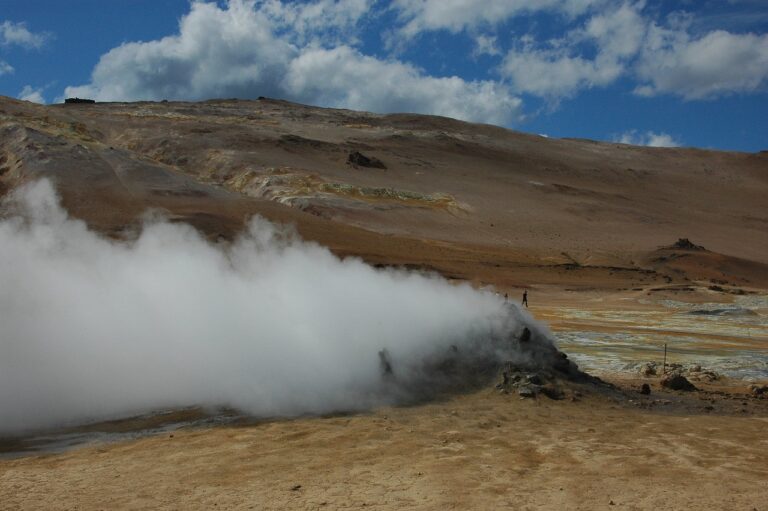Geothermal energy is the alternative, clean and renewable energy that comes from geological heat sources. Exploiting the natural heat of planet Earth is an ancient principle, known since the ancient Romans.
But how does it work? What are its advantages and disadvantages? And what are its uses?
Table of Contents
What is geothermal energy
Geothermal energy is the thermal energy generated and stored within planet Earth. Geothermal energy in the Earth’s crust derives from the formation of the planet and the process of radioactive decay of certain elements in the Earth’s interior.
Hot springs, i.e. sources of water heated by the geothermal process, have been known since the Palaeolithic age and were also used for space heating by the ancient Romans.
Those who discovered it in the past have always used it as a source of heat and thus for heating, but today this type of energy is associated with the production of electricity.
How does geothermal energy work
Geothermal as a source of electricity production is, together with the tidal energy source, among the most widespread renewable and clean energies. There are three types of geothermal sources:
- hydrothermal source;
- geopressurized source;
- petrothermal source.
What are the advantages of geothermal energy
Geothermal energy, as a clean and renewable source, has several advantages:
1. Continuous energy production
Energy is continuously produced regardless of weather or atmospheric conditions, day-night alternation or temperatures, and is therefore always available.
2. Increased electricity production
Compared to other renewable sources, the geothermal source is able to release and therefore produce the greatest amount of electricity.
3. Geothermal plants have a low environmental impact
Geothermal power plants are silent and do not emit CO2.
4. Reuse of production waste
Without combustion processes and thanks to the recycling of the steam produced, there is no production waste to dispose of. This optimises the entire process, making the plants more efficient.
What are the disadvantages of geothermal energy
As with all energy sources, there are a number of undeniable advantages alongside some disadvantages to consider.
1. Preliminary studies
Energy is continuously produced irrespective of weather or atmospheric conditions, day-night alternation or temperatures, and is therefore always available.
2. Unpleasant odours
Compared to other renewable sources, the geothermal source is able to release and therefore produce the most electricity.
3. Landscape impact
Finally, the landscape impact of industrial geothermal power plants should not be underestimated. Unlike other similar structures, the geothermal power plant is particularly imposing and full of pipes, towers and external constructions.
Geothermal energy: how to harness it at home
Photovoltaic systems (with or without storage), capable of recovering electricity directly from the sun, are widespread. Similarly, domestic wind turbines, which harness the power of the wind to produce electricity, are not uncommon.
Less frequent, on the other hand, is the use of geothermal energy for heating, cooling and hot water production through the installation of a domestic system even though its efficiency is often superior to other heat pumps. As already mentioned, maintenance is negligible and consumption is very low, but the initial installation cost, which is, however, subject to state incentives, may be high.












